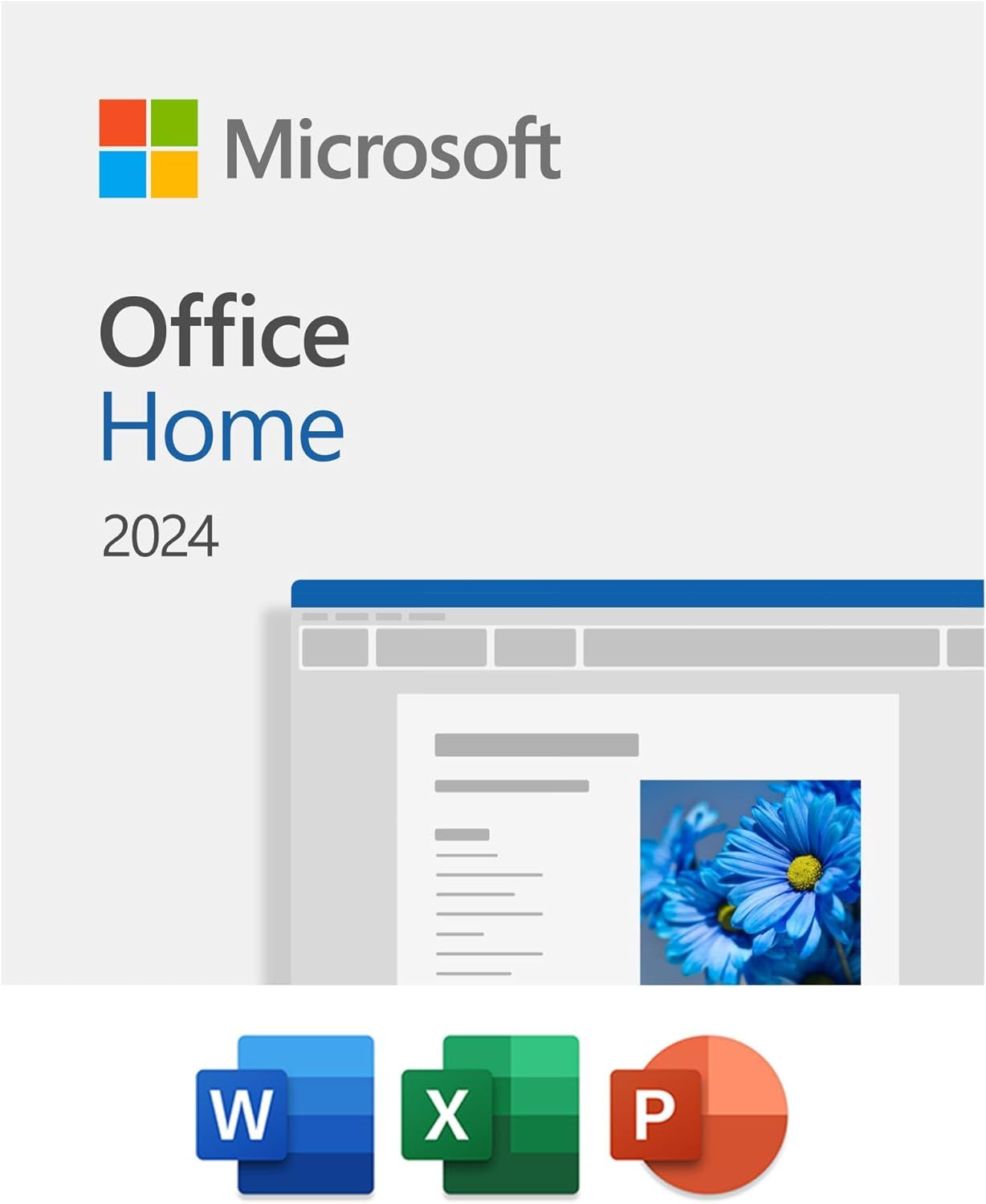Microsoft Office 2016 and Office 2019 are nearing the end of their support cycles. If you’re still running any applications from those packages, it’s probably time to upgrade to a newer Office package, a Microsoft 365 subscription, or an alternative like LibreOffice.
Microsoft published a blog post today reminding people that support for Office 2016 and Office 2019 will end on October 14, 2025, exactly six months from now. The versions of Word, Excel, PowerPoint, and other applications in those packages will no longer receive security patches, bug fixes, or technical support.
Office 2016 and Office 2019 should continue working after that date, but future updates to macOS and Windows could cause incompatibility issues. That risk seems low for Windows, though—even Office 2003 still works on Windows 11.
Microsoft’s Upgrade Options
If you’re still using the old Office apps, you have a few options for migrating to more modern versions. If you’re okay with all your documents going into cloud storage, you can use OneDrive for free with the web-based versions of Word, Excel, and PowerPoint. You get 5GB of storage for free, and the Microsoft 365 Basic plan for $2/month (or $20/year) bumps that up to 100 GB of storage.
The best option for most people is Microsoft 365, which includes the native Office apps for Windows and Mac, the cloud-based web apps, the mobile Office apps, and 1TB of cloud storage. You get new features and bug fixes for as long as the subscription stays active, but you lose access to the apps if you stop paying. It costs $100/year for one person, or $130/year for a family of up to fix people.
There’s also the Microsoft Office 2024 package, if you just want the desktop apps without cloud storage or a recurring subscription. It works just like the Office 2016 and 2019 editions, though the included apps have changed over time. The regular ‘Home’ version only includes Word, PowerPoint, and Excel, while the ‘Home & Business’ version adds Outlook and OneNote.

Microsoft Office 2024
Gain permanent access to Word, Excel, PowerPoint, and OneNote with the Office Home 2024 bundle. It isn’t a one-to-one replacement for a Microsoft 365 subscription, as it lacks some apps and does not include feature updates, but it’s a one-time purchase, so it’s ideal for those who just need the basics.
Microsoft Publisher and Microsoft Access are not included in any version of Office 2024. If you still rely on those apps, you’ll need to keep the older versions installed.
The Non-Microsoft Alternatives
It might be worth trying LibreOffice as an alternative to Microsoft Office. LibreOffice has its own document format that provides the best compatibility, but it can also open Office files with limited success—some Word formatting or Excel functions might not be available. The default interface is close to Office 2003, but you can switch to the tabbed interface that looks more like the ribbon design in newer Office versions. LibreOffice has come a long way from the OpenOffice days.
If you’re on a Mac, Apple’s own Pages, Keynote, and Numbers apps are decent alternatives. There’s WPS Office, which is also compatible with Microsoft Office files and has a familiar interface. Google’s Docs, Sheets, and Slides apps are also great for most use cases, but they rely on storing all your documents in the cloud, just like with editing Office files in OneDrive and web browsers.



